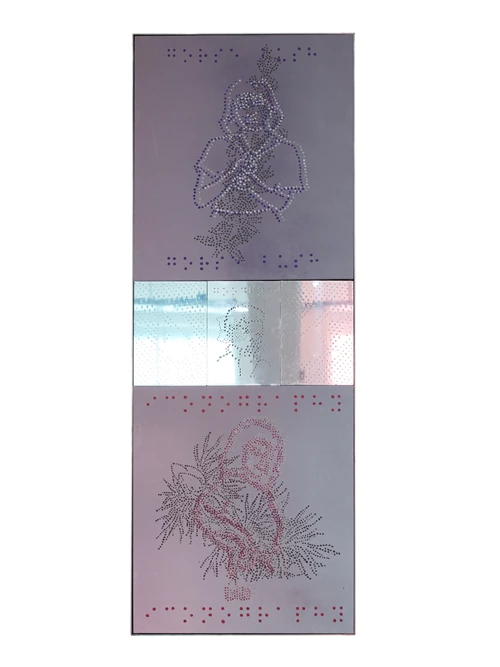Rebuilding Beirut with Pride
10 OCTOBER 2021 - 30 OCTOBER 2021Notes
James Capper’s art adopts the techniques, materials and complex problem-solving processes of innovation and engineering to develop the possibilities of sculpture.
His sculptural language evolves along different modular chains termed ‘Divisions’. Each work can be understood as a prototype and therefore each sculpture produces questions that the next work attempts to answer, so that over time each Division produces its own clear iconography and application in action.
Beginning with drawings of all kinds, James Capper makes mobile sculpture to be used in action in a wide range of materials or terrains. The works are sculpture, and sculptural tools in or ready for action.
The works vary in size, from handheld Power Tools in the Carving Division through larger scale works sitting in the Earth-marking or Material Handling Divisions, to Offshore Division works envisaged for use on the water or Aviation Division flying works.
Therefore the work consists of three distinct but interrelated processes – drawing, making sculpture and the capacities and application of the sculpture in action understood and developed through testing, filming and subsequent demonstrations.
To consider his vision in short: traditional frames of sculptural reference are radically revisited, and if real-time technological advances in heavy industry fall behind or advance ahead, James’ own arrangement of ergonomics, hydraulics and aesthetics, allows the works to exist autonomously.
Following his studies at Chelsea College of Art and the Royal College of Art, James Capper’s work has been widely exhibited around the world in museums and not for profit institutions, as well as commercial gallery spaces in London, New York and across Europe. He was the youngest ever artist to be awarded the prestigious Jack Goldhill Prize for Sculpture from the Royal Academy of Arts, London. His work is the subject of critical debate and dialogue about positions in sculpture in the 21st Century and continues to challenge varied audiences everywhere it is shown.
Recommended for you
21. Rafal Zajko
Opening II (Double Flesh Flip Switch)Sculpture, 10 x 10 x 3.5 cm.

 Add to wishlist
Add to wishlist



